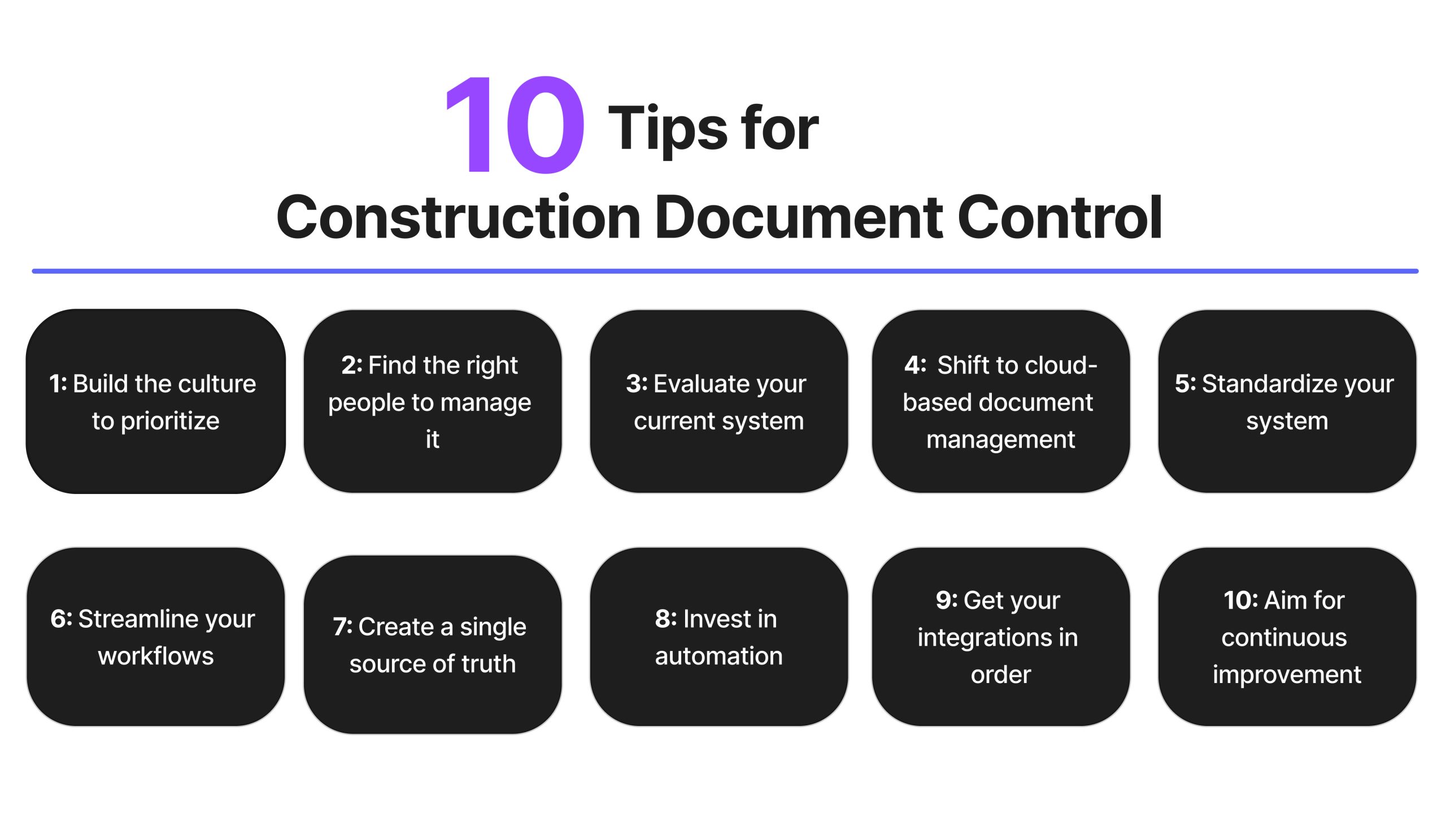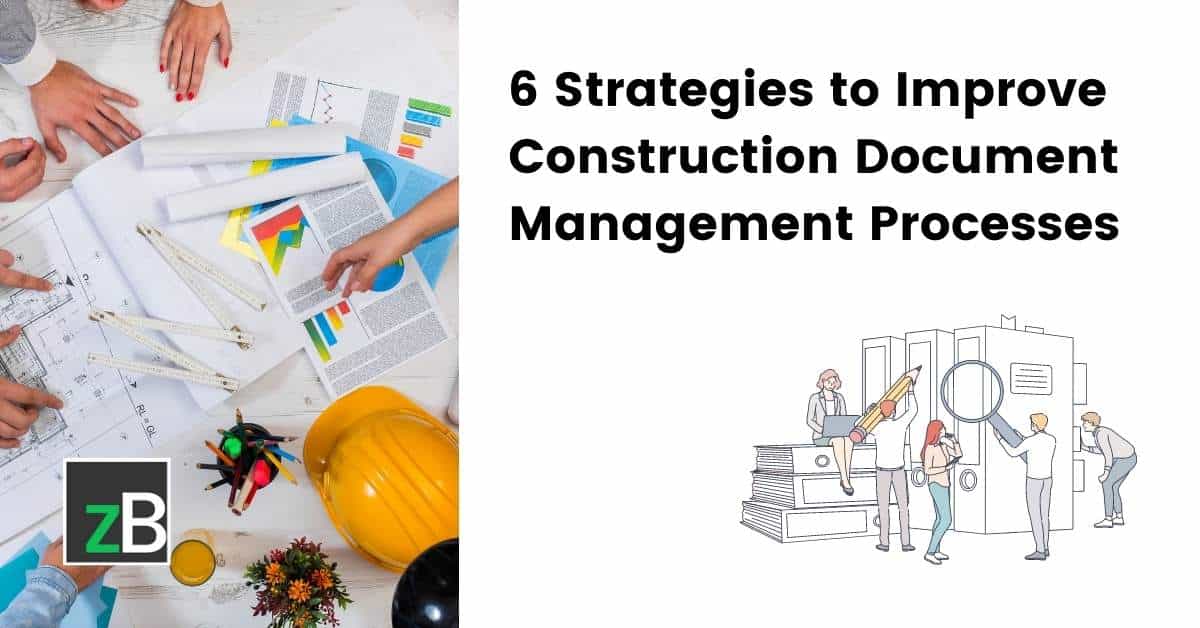Optimizing Task Collaboration: Engineer's Finest Practices in Construction Paper Administration
In the detailed world of architectural jobs, the effective management of construction papers stands as a cornerstone for success. Architects, with their thorough attention to information and innovative design remedies, are charged with coordinating a harmony of timelines, sources, and stakeholders. Nevertheless, in the middle of this intricacy lies a sixty-four-thousand-dollar question: how can designers improve collaboration procedures to boost job outcomes? By exploring key strategies such as leveraging cloud-based platforms, establishing robust interaction protocols, and ensuring data safety and security, engineers can boost their paper management methods to brand-new heights.
Leveraging Cloud-Based Platforms
Leveraging cloud-based systems is an essential technique for modern-day designers in optimizing building document administration processes. By transitioning from standard paper-based systems to shadow services, designers can simplify collaboration, boost record access, and enhance general project efficiency. Cloud-based systems provide designers the ability to shop, share, and update building and construction files in real-time, making sure that all employee have access to the most current details despite their area. This access advertises smooth communication and coordination among task stakeholders, leading to less errors and hold-ups in the construction procedure.
In addition, cloud-based platforms supply a secure environment for keeping sensitive job information, using file encryption, regular back-ups, and user permission settings to shield data stability. Architects can also take advantage of the scalability of cloud solutions, allowing them to adjust storage space ability and functionality based on task demands. In general, leveraging cloud-based systems equips engineers to optimize their building document management procedures, driving higher collaboration, effectiveness, and success in their jobs.
Executing Variation Control Equipment
Having developed the benefits of cloud-based systems in construction record monitoring, designers can currently boost their file control processes by carrying out Version Control Equipment. Variation Control Systems (VCS) are vital devices that track adjustments in papers, making sure that staff member are constantly working with the most recent and most exact details. By carrying out VCS, architects can maintain a centralized repository where all project files are kept, making it possible for smooth collaboration while minimizing the danger of mistakes and version disputes.
This feature is especially important in building and construction jobs where style models and alterations are usual. This openness not only boosts accountability but likewise assists in settling disputes or disparities that might emerge throughout the task lifecycle.
Establishing Communication Protocols
To guarantee effective and efficient task coordination, engineers need to establish clear and robust communication protocols within their building file monitoring processes. This platform might be a job management software application, email strings, or cloud-based storage space options.
Additionally, interaction methods should additionally include standards on just how to manage problems, modification orders, and urgent concerns that might arise throughout the job lifecycle. Establishing a structured approach to interaction makes sure that all stakeholders get on the very same web page, promotes openness, and inevitably adds to the effective completion of the construction task.
Using BIM Software Program for Coordination
BIM software plays a crucial duty in boosting control among project group members in the construction sector. Building Info Modeling (BIM) helps with cooperation by offering a centralized system where engineers, designers, service providers, and other stakeholders can collaborate in a collaborated manner. With BIM software application, project individuals can access and update a shared model that has detailed info regarding the structure style, building components, and task timetables.

In addition, BIM software application allows real-time cooperation and communication amongst employee, despite their physical location. Through cloud-based BIM systems, job stakeholders can access the newest project information, track changes, and make notified decisions without delay. Generally, leveraging BIM software program for sychronisation improves job effectiveness, efficiency, and inevitably causes successful task results.
Ensuring Information Security and Compliance
In the realm of construction record administration, protecting data stability and guaranteeing helpful resources governing conformity are critical factors to consider for architects and various other task stakeholders. Engineers need to carry out durable safety measures to shield delicate job information from unauthorized gain access to or breaches.

Verdict
Finally, architects can optimize task cooperation in building and construction file management by leveraging cloud-based systems, carrying out variation control systems, establishing interaction procedures, using BIM software for sychronisation, and ensuring information safety and conformity. These best methods aid streamline the building procedure, boost communication amongst job stakeholders, and improve efficiency in project delivery. By following these guidelines, engineers can effectively handle construction documents and help with effective project end results.
Through BIM software application, task participants can access and update a shared model that includes detailed details regarding the building layout, building and construction elements, and job schedules.
With cloud-based BIM platforms, task stakeholders can access the most recent task details, track modifications, and make informed choices promptly - construction document management. Generally, leveraging BIM software application for sychronisation improves job efficiency, productivity, and ultimately leads to successful task end results
In verdict, designers can enhance project collaboration in construction document administration by leveraging cloud-based systems, implementing variation control systems, developing communication procedures, utilizing BIM software program for control, and making sure data security and conformity. These try this site finest methods help simplify the building process, boost interaction among task stakeholders, and improve efficiency in task shipment.